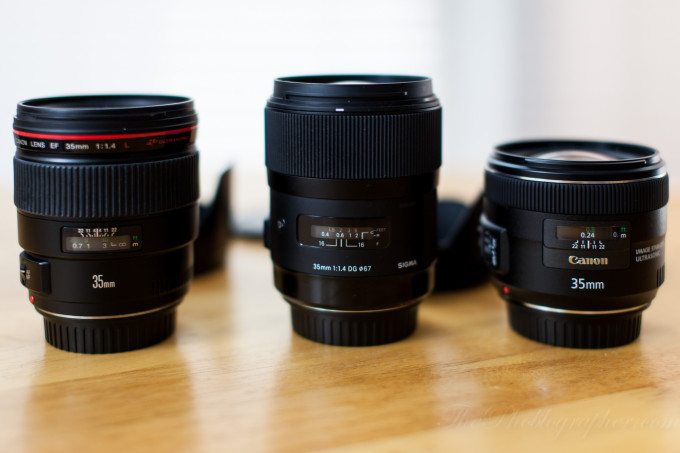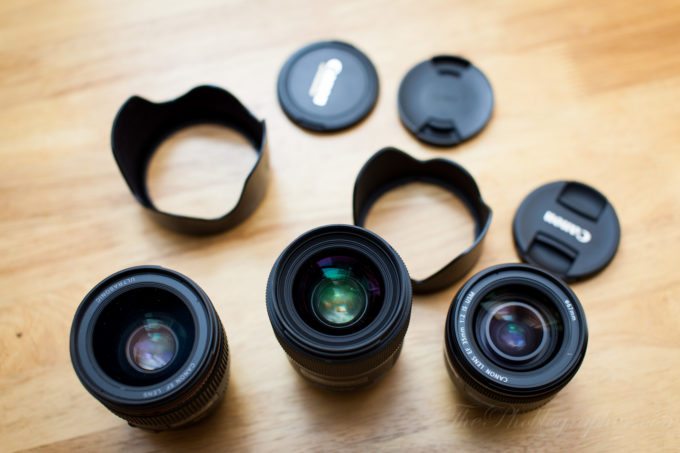The new Canon 35mm f2 IS came in for review recently and as a lover of the 35mm focal length, I wanted to see just how far Canon has come in their technological lens advancements. The new lens has IS built in: which is actually a heck of a lot more practical than you’d think if you’re an event shooter. It also remains smaller than Canon’s 35mm f1.4 L and Sigma’s 35mm f1.4 DG. They all have different prices and also have some major differentiating factors.
But which one is right for you?
Gear Used
For this test we mounted the Canon 5D Mk II on a Vanguard Auctus 383CT with a GH-100 pistol grip head. Additionally, we used the Sigma 35mm f1.4 DG, Canon 35mm f2 IS, and Canon 35mm f1.4 L. The images were illuminated with a Canon 580 EX II.
Ergonomics and Build Quality
The Sigma 35mm f1.4 DG, Canon 35mm F2 IS and Canon 35mm f1.4 L are all well built lenses. But for what it is worth, Sigma takes the cake here. The exterior chassis is made of brushed metal and the lens overall just feels so much more solid in the hand. After the Sigma, it’s a tough call but I’d have to rate the 35mm f2 IS to be about on par with the 35mm f1.4 L. The exterior of both lenes is a tough plastic but the 35mm f2 IS has a textured finish for better grip.
As I type this, I’m thinking to myself about my days as a professional wedding and event photographer and just how much I relied on my 35mm f1.4 L. For years in my eyes, there was nothing like it. Nothing could top it, nothing could pull me away from it, and no lens in my bag made me happier.
But those years are now gone.
Autofocusing
Autofocusing speed and consistency is where Canon starts to take the lead. By far, the new 35mm f2 IS is the fastest focusing lens of the bunch. So what does that mean? I’m inclined to say that it focuses faster than the Canon 50mm f1.4 but is still very far behind their 85mm f1.8.
The 35mm f1.4 L and DG lenses are pretty much neck and neck on a Canon 5D Mk II and will perform similarly with a newer model after lots of use. Initially, the Canon will take the edge but after a while the Sigma will adapt to use with the Canon DSLR. With older camera models though, just be sure to carefully pay attention to the corner focusing points.
Ease of Use
All three lenses are as simple to use as pointing it at the subject, focusing, and shooting. None of them have an effective depth of field scale for manually focusing and the only extra switch that any of them have is the IS on the 35mm f2 IS. You’ll need to keep this one in mind when you are shooting on a tripod.
Image Quality
To do this test, we put the camera on a tripod and shot in aperture priority with the ISO down to 100. Then we put a flash on the camera and aimed it at the same spot for each image. We set the camera to delay shooting mode and then we adjusted the aperture accordingly.
No post-production was done to these images except for resizing for the web. Here’s the tally:
f2
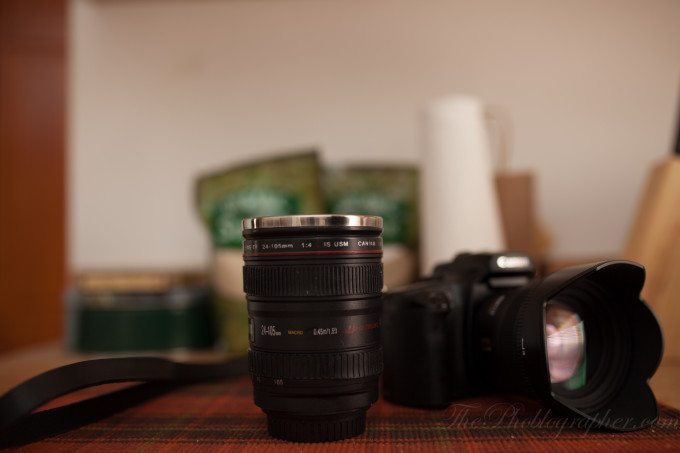
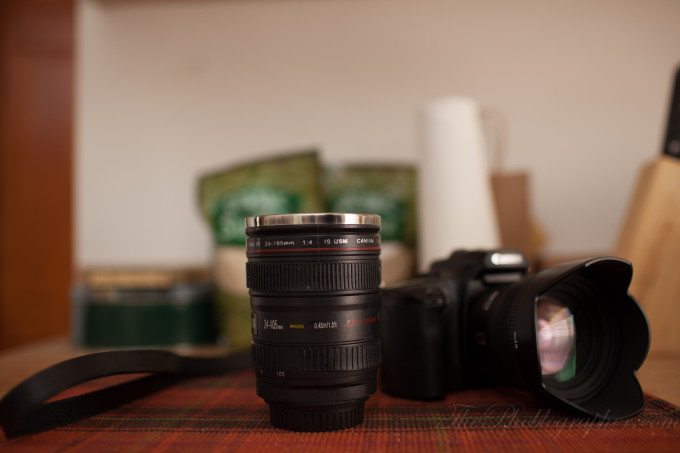
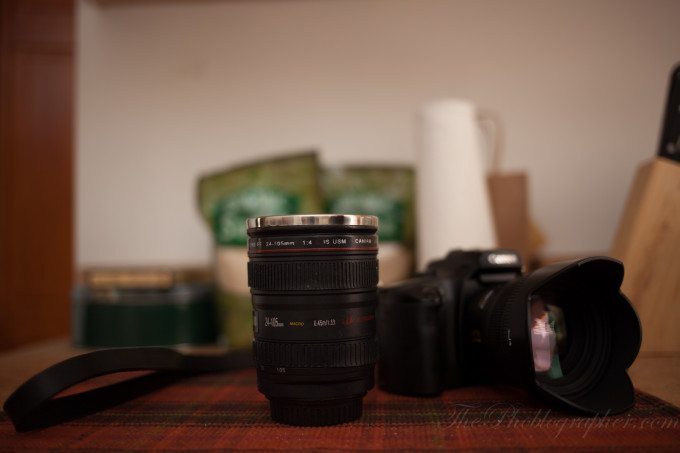
f2.8
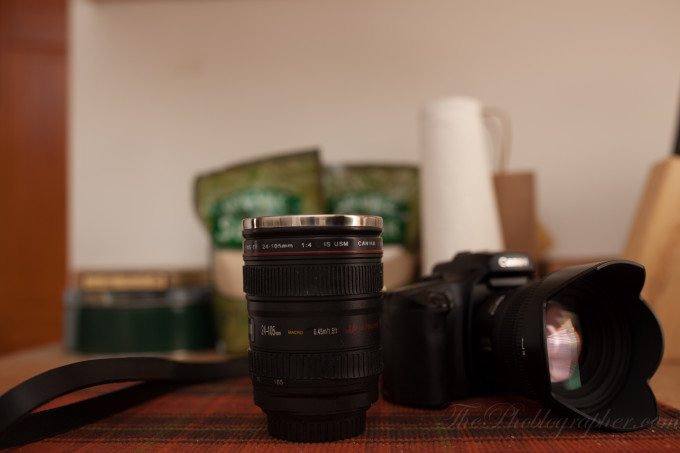
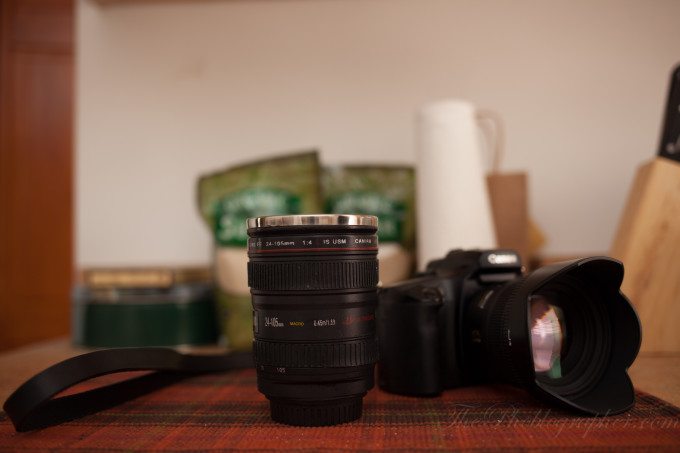
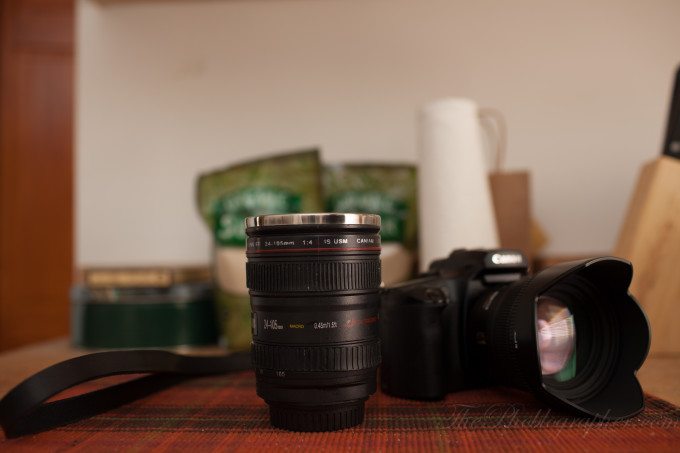
f4
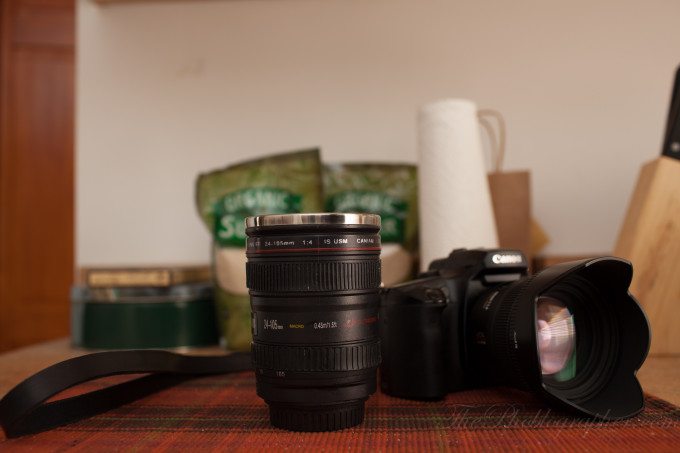
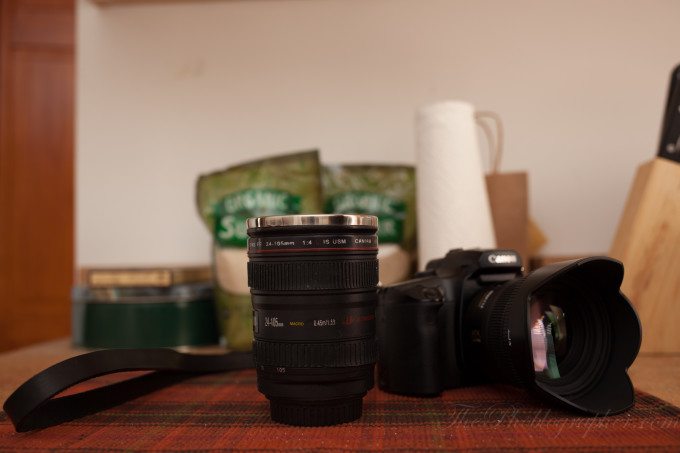
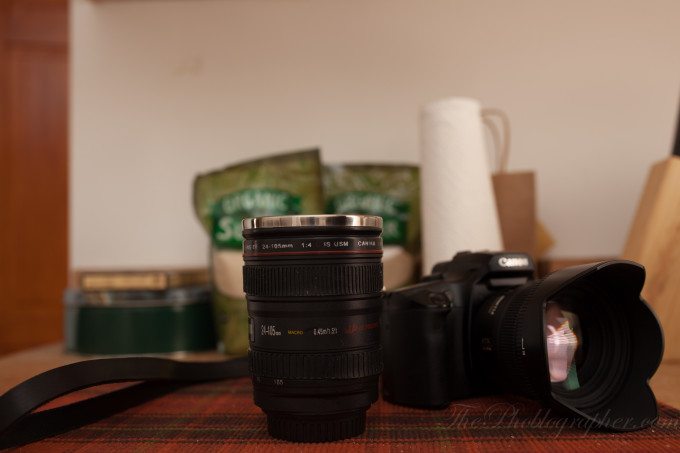
f5.6
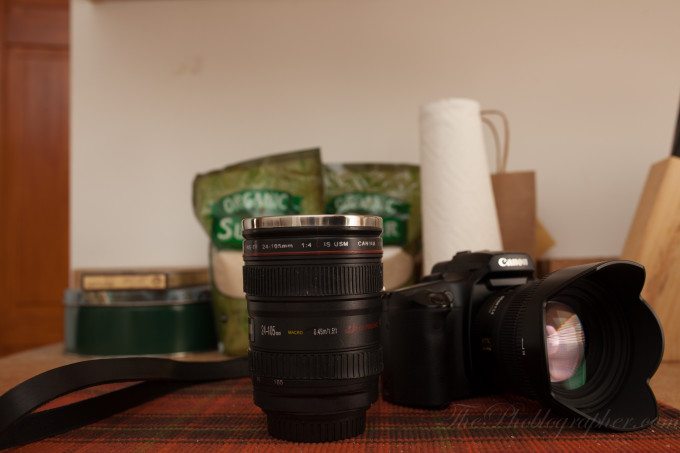
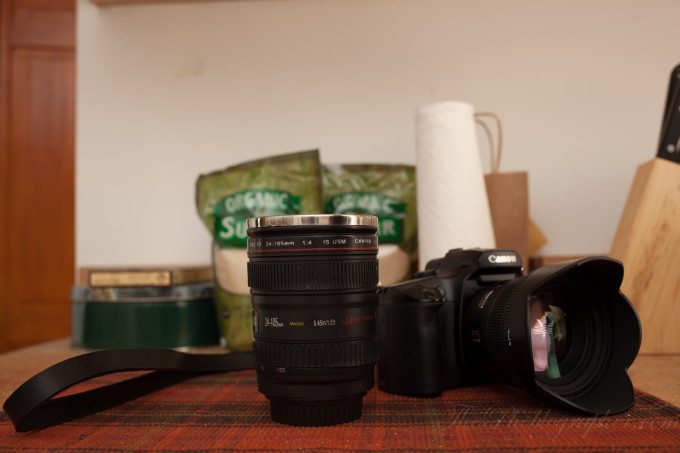
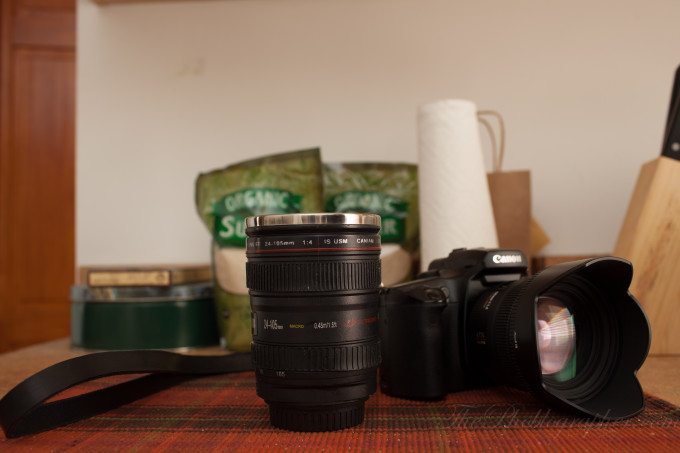
f8
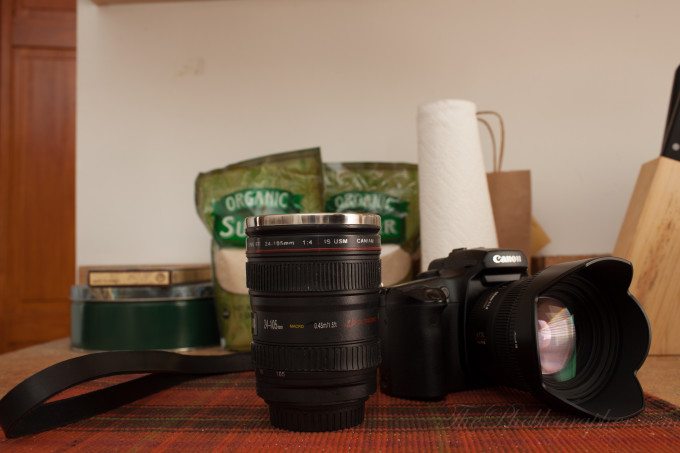
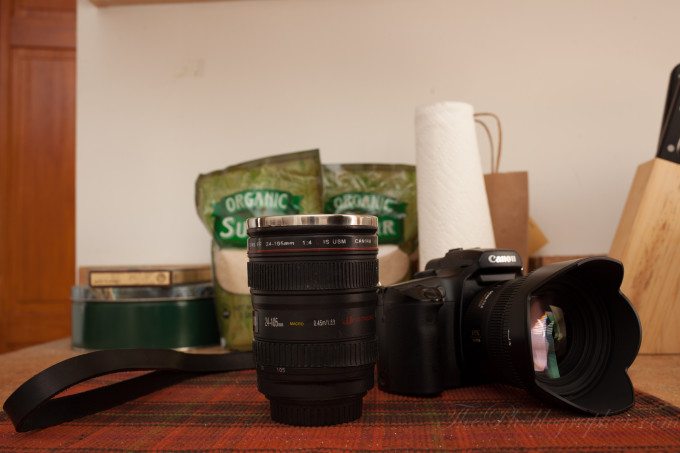
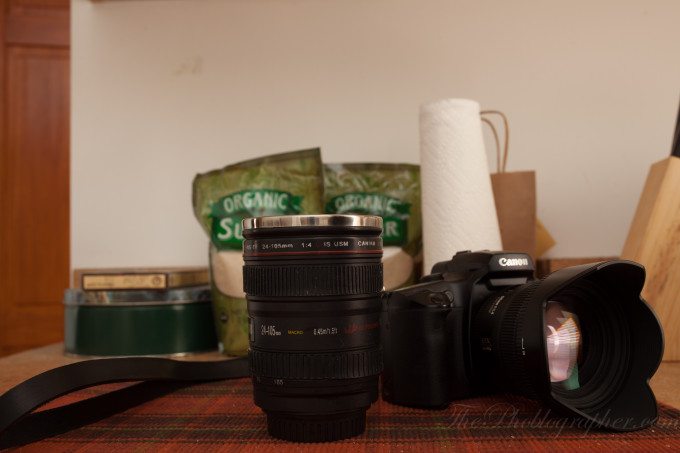
f11
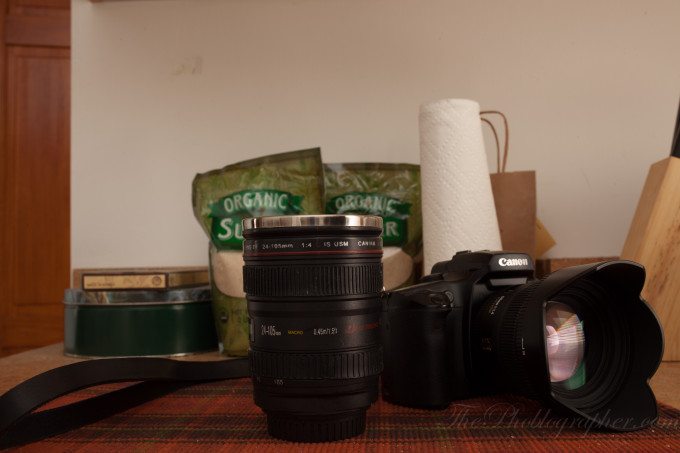
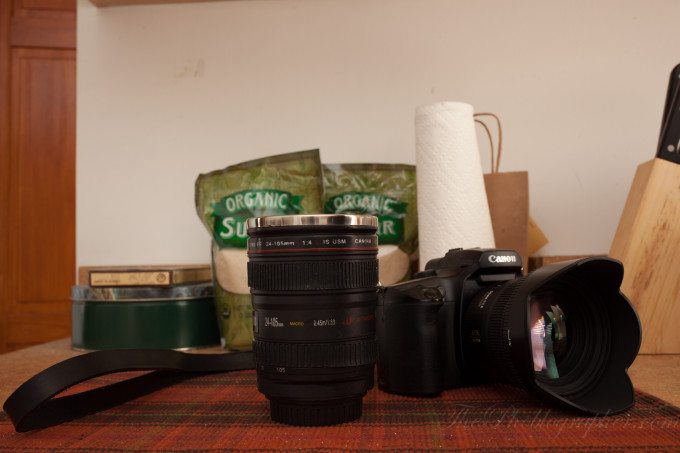
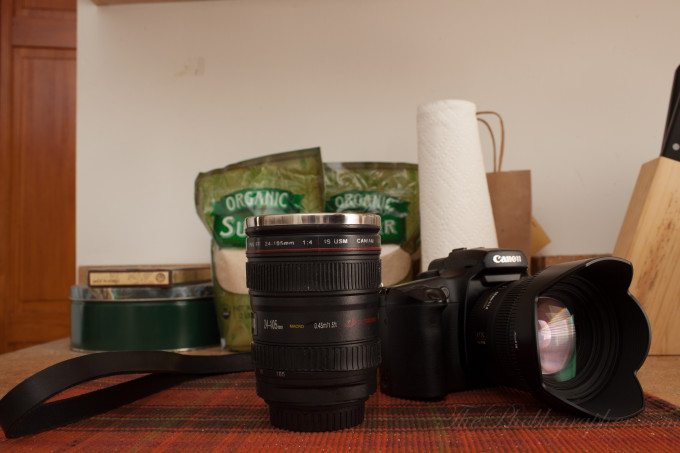
f16
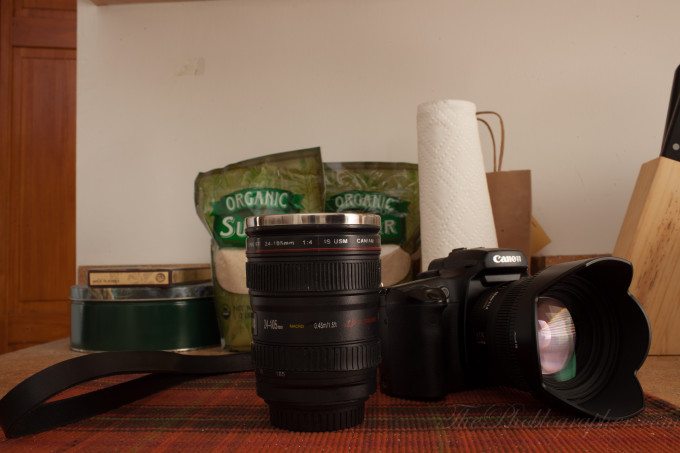
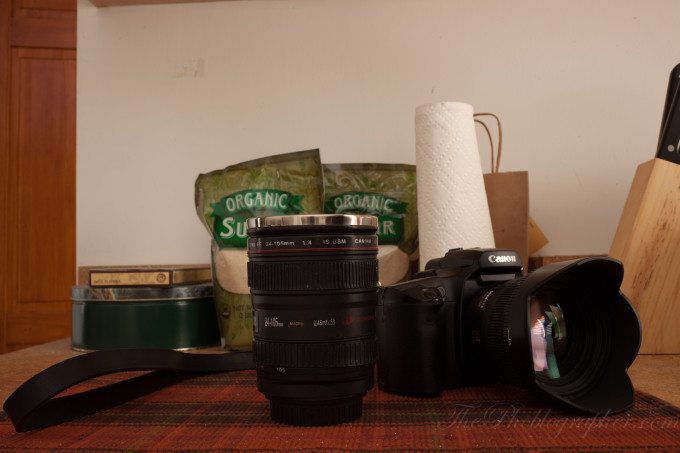
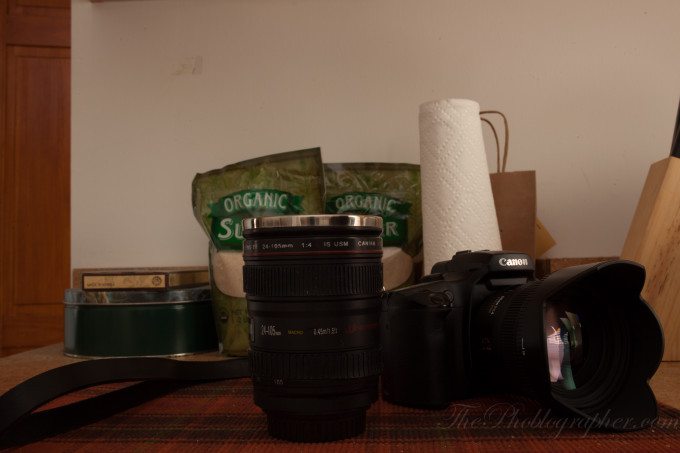
Conclusions
In our tests, we found Sigma’s lens to be best for what it is worth. Not only does it exhibit excellent image quality, but it also focuses fast enough and has a metal exterior. However, we have to say that the 35mm f2 IS seems like a better buy than the 35mm f1.4 L at the moment. The added value of IS plus a smaller package really make this lens worth the money. Where the 35mm f1.4 L takes the lead though is in bokeh rendering. It really is quite marvelous–especially when photographing a couple at a wedding.
What do you think though? We’d love to hear from you.
Please Support The Phoblographer
We love to bring you guys the latest and greatest news and gear related stuff. However, we can’t keep doing that unless we have your continued support. If you would like to purchase any of the items mentioned, please do so by clicking our links first and then purchasing the items as we then get a small portion of the sale to help run the website. Also, please follow us on Facebook, Flickr and Twitter.


